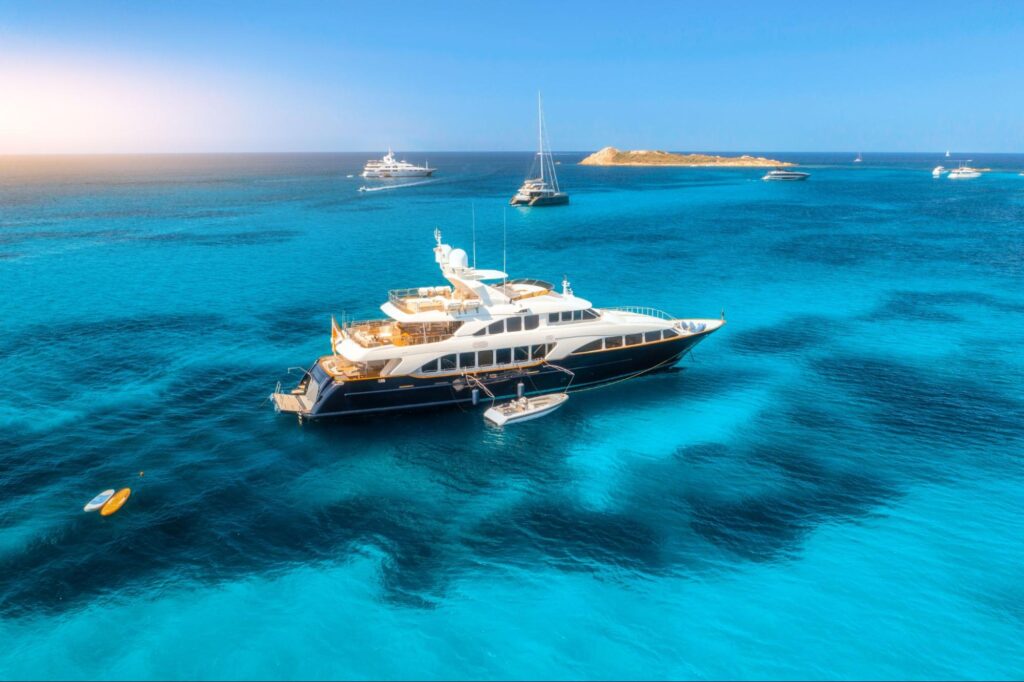As global environmental concerns intensify, sustainability has become a responsibility rather than a choice. This shift is especially relevant in marine HVAC systems, where improving energy consumption is crucial. To address this challenge, we will explore the defining characteristics of a sustainable marine HVAC system, drawing inspiration from the innovative technologies developed by Termodinamica.
Energy Efficiency Through Adaptive Technology
At the heart of sustainability is energy efficiency, which Termodinamica achieves with its Variable Refrigerant Volume (VRV) systems. These systems dynamically adjust cooling capacity in response to real-time demand, ensuring that energy is used only when it’s needed. By fine-tuning performance to match the vessel’s marine HVAC requirements, VRV technology minimises energy waste, delivering an optimal balance of comfort and efficiency.
Advanced Components for Maximum Efficiency
A sustainable HVAC system leverages advanced components like variable speed compressors and high-efficiency air handlers. These elements offer precise control over the system’s output, ensuring that energy is consumed efficiently. This approach leads to significant energy savings and enhanced system performance, making it a model of modern efficiency.
Remote Monitoring and Smart Control
To achieve sustainability involves maintaining peak performance with minimal intervention. Termodinamica’s advanced remote monitoring solutions enable real-time adjustments, ensuring the HVAC system operates at maximum efficiency even in the most challenging conditions. This proactive approach not only optimises energy usage but also extends the system’s lifespan.

Environmentally Responsible Manufacturing
The journey to sustainability begins with responsible manufacturing. Termodinamica prioritises local sourcing and in-house production processes that minimise environmental impact. Techniques such as laser welding and nitrogen generation are employed to reduce waste and energy consumption, setting a new standard for eco-conscious manufacturing in the marine industry.
Life Cycle Assessment and Long-Term Impact
Conducting a comprehensive life cycle assessment is vital to understanding and reducing an HVAC system’s environmental impact. Termodinamica’s solutions show substantial reductions in environmental indicators compared to traditional systems. This is achieved through efficient design and operations, ensuring that the system remains environmentally friendly throughout its lifespan.

Factory Integration of Renewable Energy Sources
Incorporating renewable energy is a hallmark of sustainable systems, and Termodinamica runs its manufacturing facility entirely on solar power. This commitment not only reduces reliance on non-renewable energy sources but also significantly lowers the overall carbon footprint and operational costs.
In a world where environmental responsibility is critical, transitioning to a sustainable marine HVAC system is a significant step towards reducing our carbon footprint. By integrating energy-efficient technologies, using renewable energy, and embracing advanced monitoring and control systems, we can achieve a truly sustainable marine HVAC solution. Termodinamica’s leading technologies not only embody these principles but also set new benchmarks for sustainability in the marine industry.
Explore more about sustainable marine HVAC systems here.


